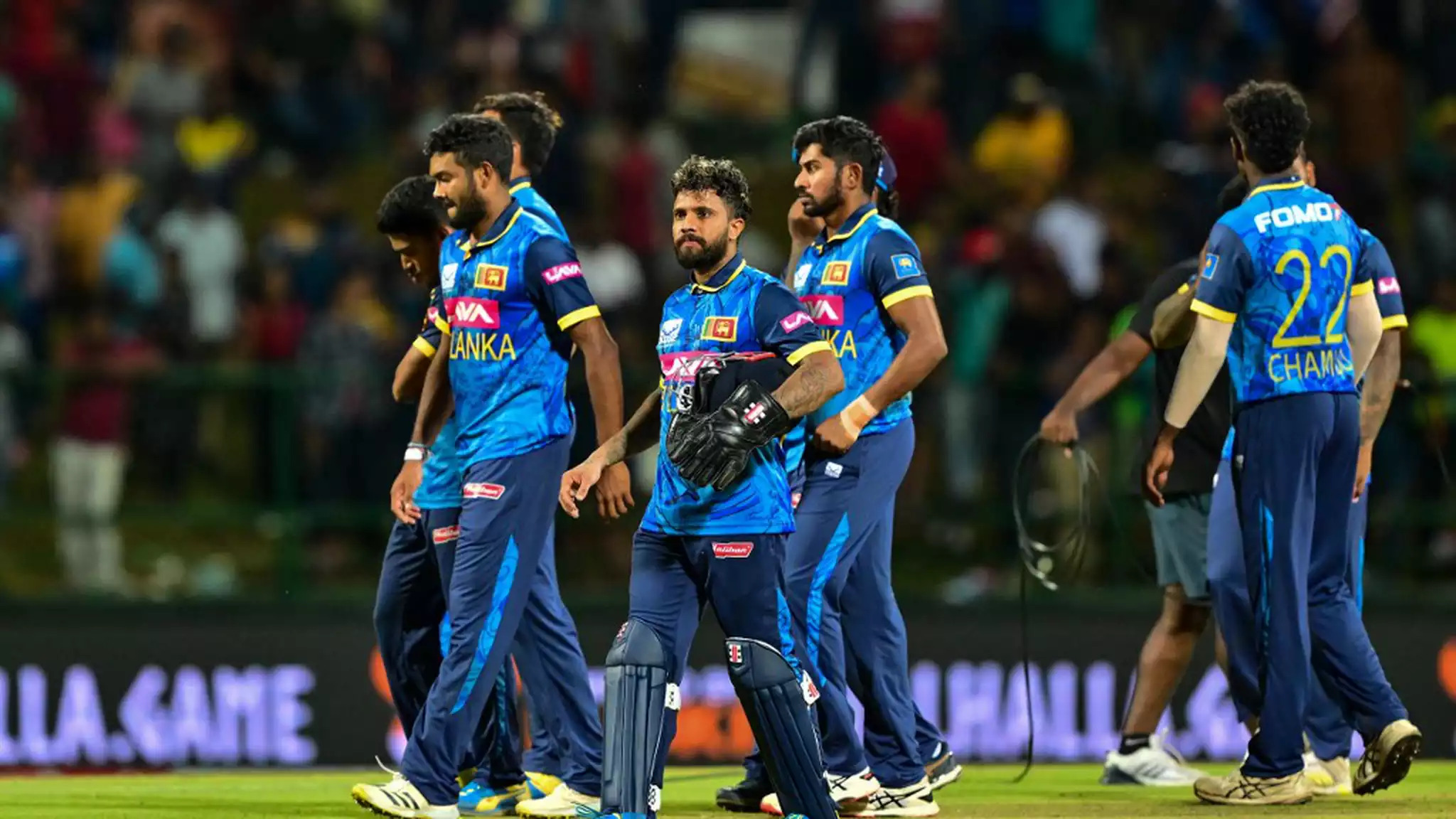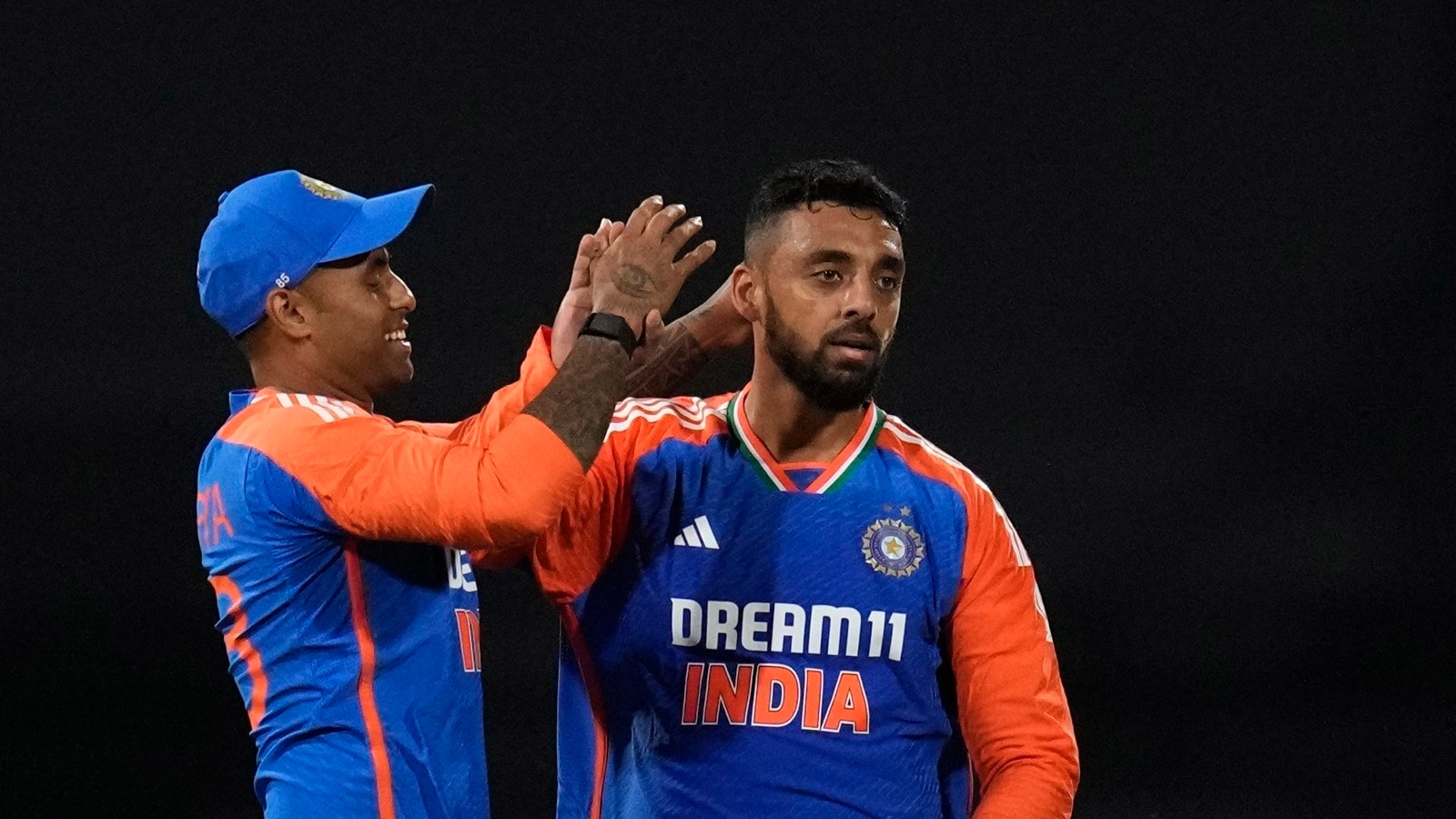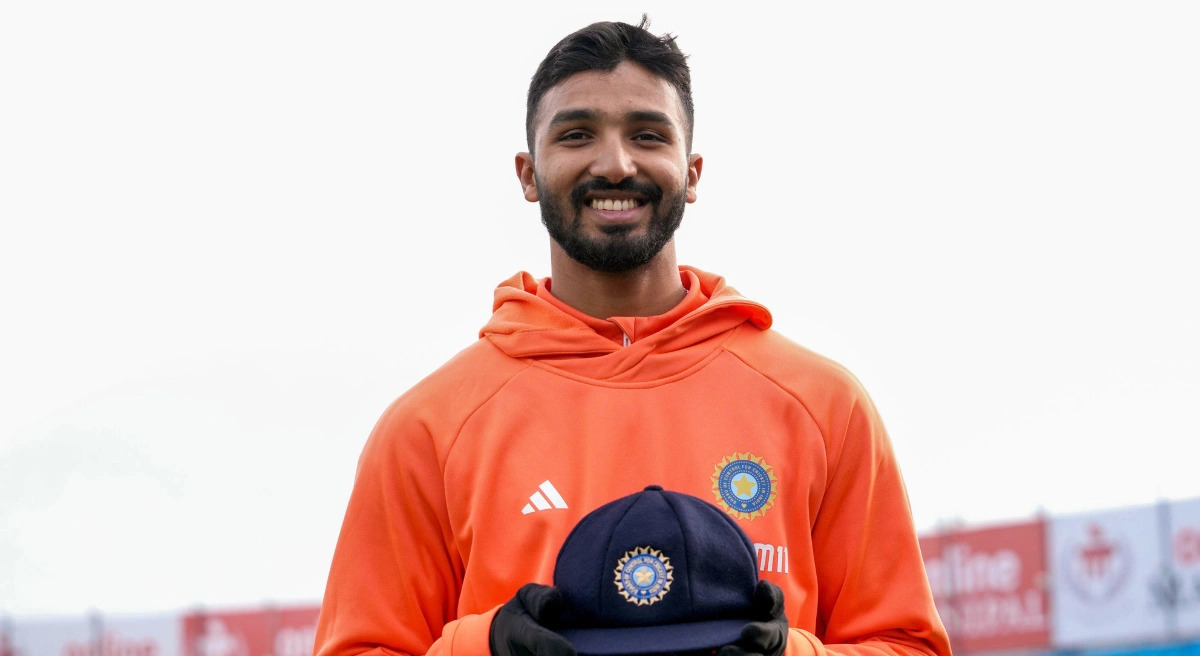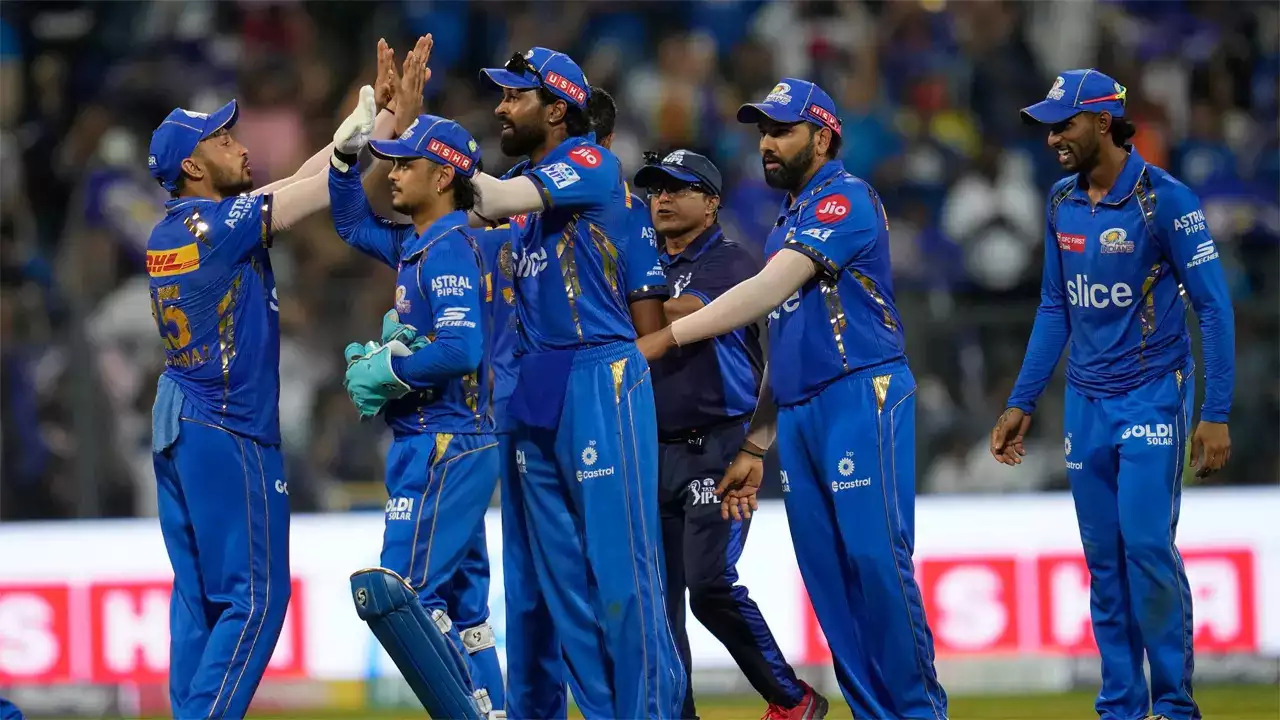With the same accuracy he had shown earlier in the day when paddling Asitha Fernando to be dismissed, Suryakumar Yadav swept Maheesh Theekshana straight to the fielder at short fine on the opening ball of the Super Over. Sri Lanka But this time, the fielder went down on his knees in an almost theatrical display of awkwardness, only to turn a basic save into an inadvertent slip-up that allowed the ball to roll away for a boundary after passing him.
In many ways, the error summed up Sri Lanka’s performance in the series: a promising voyage tainted by instances of lost opportunities and errors, none more evident than the Tuesday night defeat.
With nine wickets remaining and a target of 28 to win in 29 balls, they had to find a spectacular way to lose, which they did. The middle order collapsed once more with familiarity.
In situations like this, it’s simple to shift the focus from the winning team’s excellent bowling performance to the losing team’s inability to pursue the goal. Perhaps some recognition for how India bowled those final few overs on Tuesday as well? Nope.
The captain chose to go with the part-timers among the part-timers, bringing on Rinku Singh and himself, who before Tuesday’s efforts had combined to bowl one over in their 92 collective T20Is, to defend nine runs in the final two overs of the match, despite the fact that Mohammed Siraj and Khaleel Ahmed were available for selection in the final two overs. Nevertheless, they were successful.
A little turn was offered, but they also delivered a couple of tasty near-half-trackers, enough that the rest of the pursuit should have been easy. However, the hitters chose to go beyond the boundary ropes instead of pushing them away in gaps and picking easy runs, and they ultimately found the fielders. One gloved to the ‘keeper, one hit back to the bowler, and two in the deep. The match, which should have been decided in Sri Lanka’s advantage considerably sooner, went to the Super Over and was ultimately lost.
By the end, Charith Asalanka, the player in dark blue, looked sorry while the Indian captain proudly displayed the “self-confidence” of his players, talked of “care” and “positivity,” and increased his own credibility by declaring, “I don’t want to be the captain, I want to be a leader.” There were glum nods and lowered shoulders when someone congratulated them on being named the ODI team captain. “Bad shot selection” by the middle order, he concluded, was the cause of the day’s and the series’ defeat, being critical of both himself and his squad.
 Even though it isn’t really urgent, the intermediate order problem is nonetheless important. Experience is the inevitable natural ill if shot selection is more important than form or technique. However, what occurs when experienced players are the source of the concern? The three players currently under investigation for making poor shot choices are Asalanka, the seasoned former captain Dasun Shanaka, and Wanindu Hasaranga, following the dismissal of Angelo Mathews and Dhanajaya de Silva prior to the series.
Even though it isn’t really urgent, the intermediate order problem is nonetheless important. Experience is the inevitable natural ill if shot selection is more important than form or technique. However, what occurs when experienced players are the source of the concern? The three players currently under investigation for making poor shot choices are Asalanka, the seasoned former captain Dasun Shanaka, and Wanindu Hasaranga, following the dismissal of Angelo Mathews and Dhanajaya de Silva prior to the series.
What is Plan B if seasoned players are having trouble choosing the correct shot at the appropriate time during the game? After the defeat, Asalanka responded bluntly, “Change them and bring someone new.”
It’s likely that panic—the enemy of reason—has crept in far too soon, impairing judgement with anxiety. The Sri Lankan Twenty20 team has more reasons to be happy than sad, but one very evident worry that affected them in each of the three series games. Despite the 3-0 series thumping, Sri Lanka gave the world champions serious battle for the majority of all three games.
Indeed, in each of the three games, there were moments when they would have thought they had a slight advantage. They had their moments in the first two Twenty20 Internationals, just like they did on Tuesday when they had found themselves chasing 138 at 110 for 1 in the sixteenth over. On Saturday, at 140 for 1 in 14 overs while chasing 214, then on Sunday, at 130 for 2 in 15 overs when batting first.
Throughout the course of the three games, it is evident that their top order hitters were their most effective players. Even the bowlers chipped in in the third, taking India to 48 for 5 in the ninth over before enabling them to rally briefly and eventually being bowled out for 137 for 9. It’s a commendable achievement that they were able to accomplish this without their star bowler, Matheesha Pathirana, who was injured in the field and was unable to bowl.
Also Read: I am reminded of Sourav Ganguly and Sachin Tendulkar by Shubman Gill and Yashasvi Jaiswal: Robin Uthappa
It would be prudent for the management of the Sri Lankan team to acknowledge that the next major Twenty20 tournament is nearly two years away as the series draws to a close and focus shifts to a more significant ODI leg. Even if they lost the first series of their post-World Cup phase, they have already demonstrated that more bases are covered than not.






 Win Projections to be updated soon
Win Projections to be updated soon























